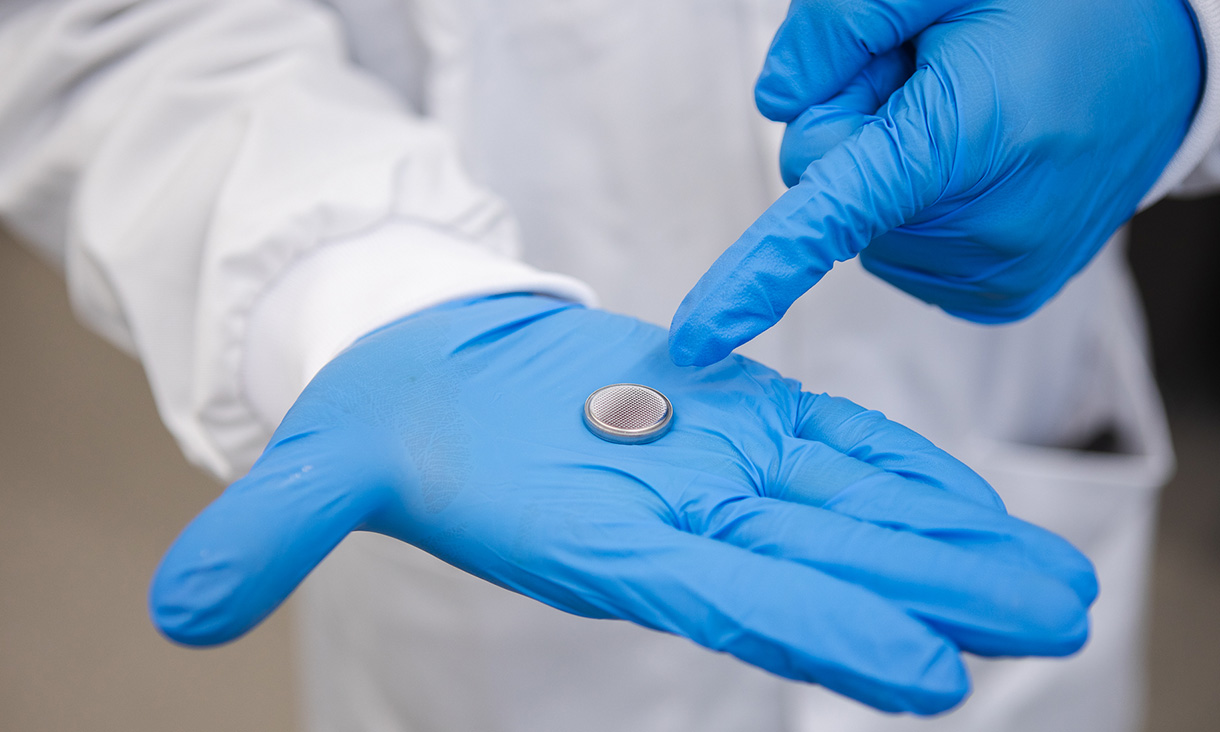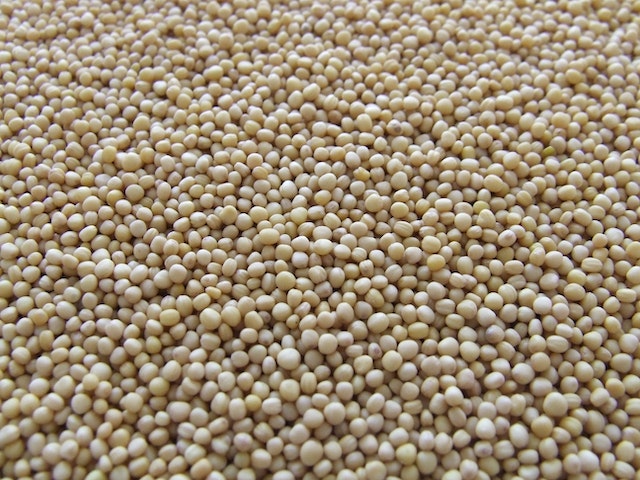Research at sea is vital in evaluating the health of our waters and climate change, but it’s also an arduous task, requiring much time and manpower, and not to mention the cost. There are however some realistic options to cut all these overheads considerably but not sacrifice any quality in the research. That’s where the “satellite for the seas” comes into play in the shape of Robotboat Mark, an exciting development in autonomous sailing robots for conducting research in the high seas.
Autonomous Marine Systems in Maryland have developed a line of robotic boats charged with the task of completing remote research, requiring no fuel and effectively sending data back to source.
The latest model is Robotboat Mark VI, which was funded heavily by a successful Kickstarter campaign recently. The sixth model in the on-going range, this edition lays out some marked improvements and strides to more effective research.“The oceans are not well enough understood,” explains Walter Holemans, a member of the team, and their robot developments could assist greatly in studying climate change, specifically the rate at which CO2 is going into the ocean as well as measuring water quality, detecting hydrocarbons, monitoring sea life, and run offs from farms and cities or oils spills. All of which is vital in finding pollution and its source, and ultimately, putting a stop to it.
The findings of one boat could ultimately provide scientists and oceanographers with a wealth of data to work with, and for a fraction of the cost. Currently a manned ship in the sea conducting similar work can cost between $10,000 and $30,000 a day.
Powered by wind and solar power, the latest Robotboat comes with new detection technology, cameras and an AIS Receiver (Automatic Identification System), which will aid the robot’s intelligent travel, particularly in preventing any collisions with ships or other vessels. The premise of the remote control robot is derived from satellite and spacecraft hardware, where some of the engineers on this project have experience in. It’s crucial in operating the boat from land.
Further advances in Autonomous Marine Systems’ research and development include sample collection, with the Robotboat able to collect necessary samples and return them to source successfully. “[It’s] something that is currently in development,” says Eamon, in an interview with Marine Explore. “We expect to be able to do water sampling, and even sediment sampling in certain cases. Onboard processing is possible, as well as returning collected samples to shore or other research vessels.”
Autonomous Marine Systems’ aim is for this sixth prototype to be their last before mass production.







